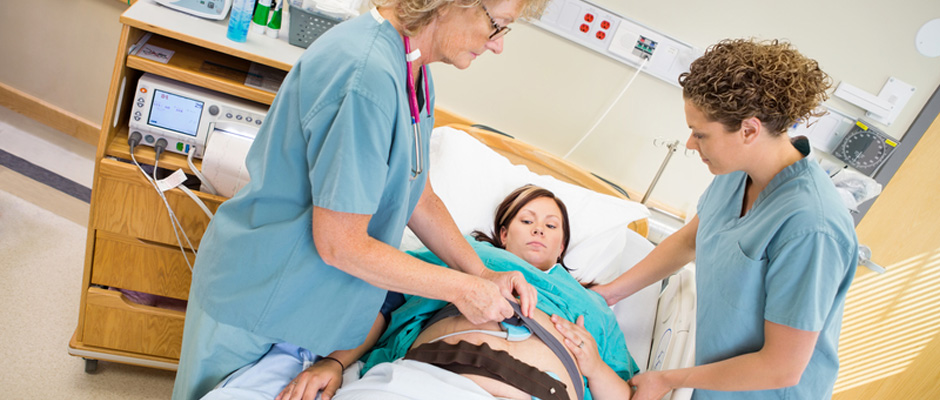Characteristics of endometriosis in adolescents and young girls
Jun 11, 2017
This study aimed to evaluate endometriosis in adolescent girls and women to assess the clinical characteristics or risk factors associated with developing endometriosis earlier or later in life.
Key Points
Highlights: Certain risk factors have been associated with endometriosis in adolescent girls under 21 years of age (YOA).
Importance:
- Although the adolescent endometriosis is common and often severe, regardless of reporting their onset of symptoms during adolescence, the diagnosis is often delayed and underestimated.
- This study aimed to evaluate endometriosis in adolescent girls (YOA 13-25) and women (YOA>26) in order to assess the clinical characteristics or risk factors associated with developing endometriosis earlier or later in life.
Key Results:
- Factors associated with an increased risk of endometriosis in adolescent girls compared to women of older age included the earlier menarche, history of asthma, and positive family history of endometriosis.
- The study found that among all women with endometriosis, 3% had congenital uterine malformations. However, when the two groups were analyzed separately, the adolescent cohort had a much higher rate of uterine congenital malformations (32%) than the older women cohort (1.6%).
- Septate uterus represented the most common malformation in the adolescent girls/young women cohort.
What’s done here?
This report aimed to compare the clinical characteristics seen among adolescent girls below the age of 21 and women above the age of 22 with endometriosis. While this study gives insight into the clinical variability seen among these two groups, it should be noted that some of these associations could be linked to diagnostic bias and thus requires further study.
Lay Summary
Endometriosis is not an uncommon disease. Even among adolescent girls and young women, endometriosis may cause severe symptoms and lead to complications. Understanding the clinical variability of endometriosis in younger and older patients may lead to insight on the risk factors involved in the development of this disease.
900 women with surgically and histologically proven endometriosis were included in the study. Out of 900 women, two clinical groups were made based on age. Group 1 consisted of adolescent girls between the ages of 13 and 25 (mean=21) while group 2 consisted of women above the age of 26 (mean=33).Clinical data such as age at menarche, history of asthma, family history, menstrual characteristics, and the presence of a congenital anomaly was analyzed to determine associations between women with endometriosis below and above 21 years of age (based on age, the statistical groups were different than the clinical groups).
The factors associated with an increased risk of endometriosis in adolescent girls compared to women of older age included the earlier age at menarche, history of asthma, and positive family history of endometriosis. Additionally, the study found that among all 900 women with endometriosis, 3% had congenital uterine malformations. However, when the two groups were analyzed separately, the adolescent cohort had a much higher rate of congenital malformations (32%) than the older women cohort (1.6%). Septate uterus represented the most common malformation in the adolescent girls' cohort, mirroring the fact that septate uterus is the most common type of uterine duplication anomaly seen clinically.
Research Source: https://www.ncbi.nlm.nih.gov/pubmed/28559048
family history endometriosis onset.

